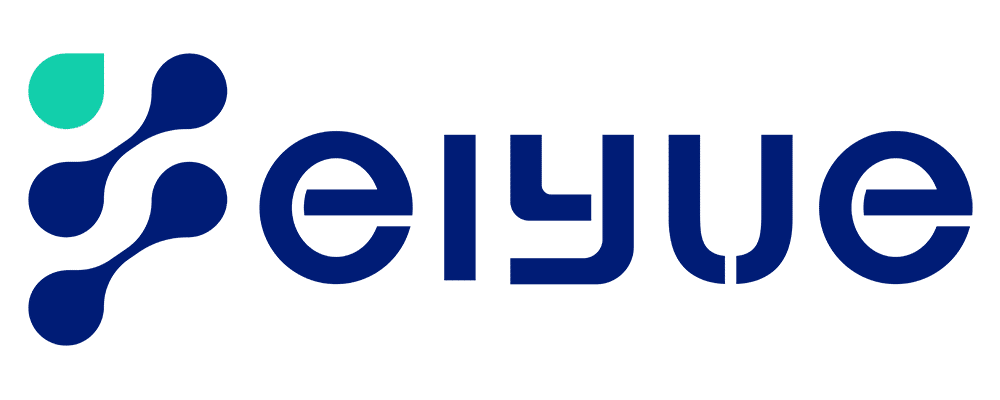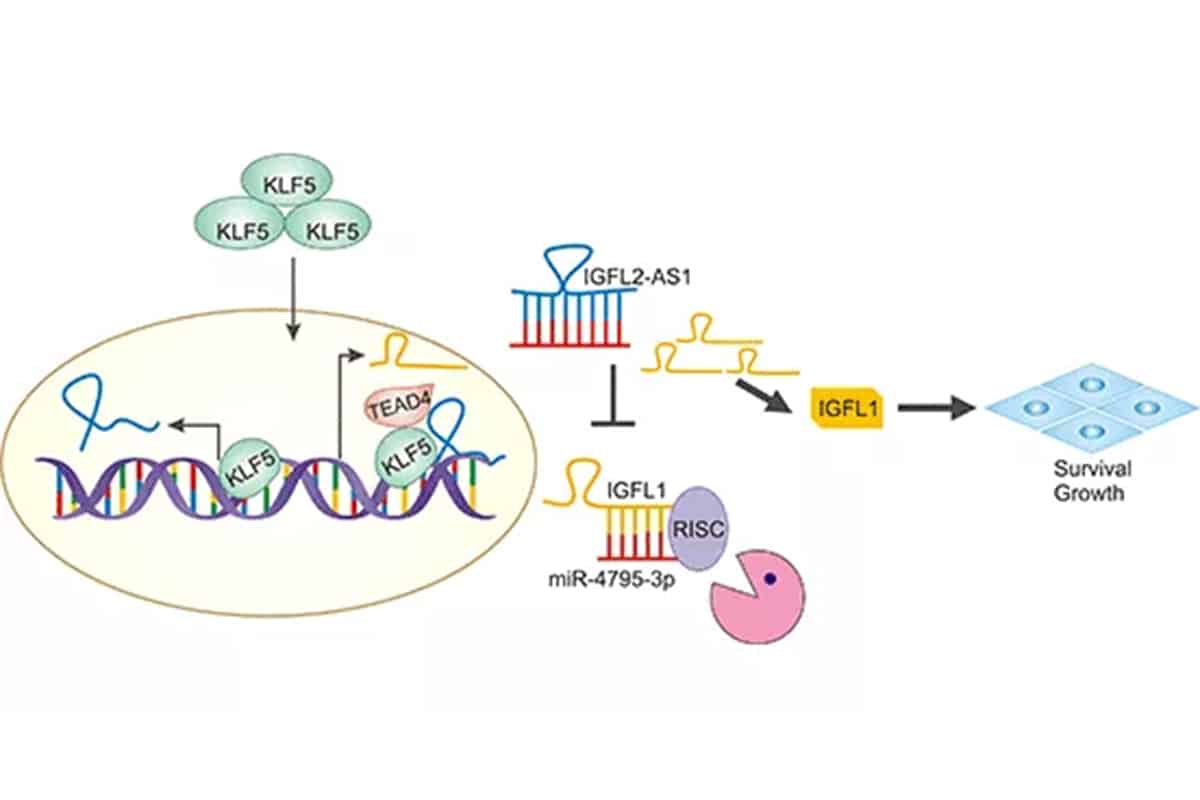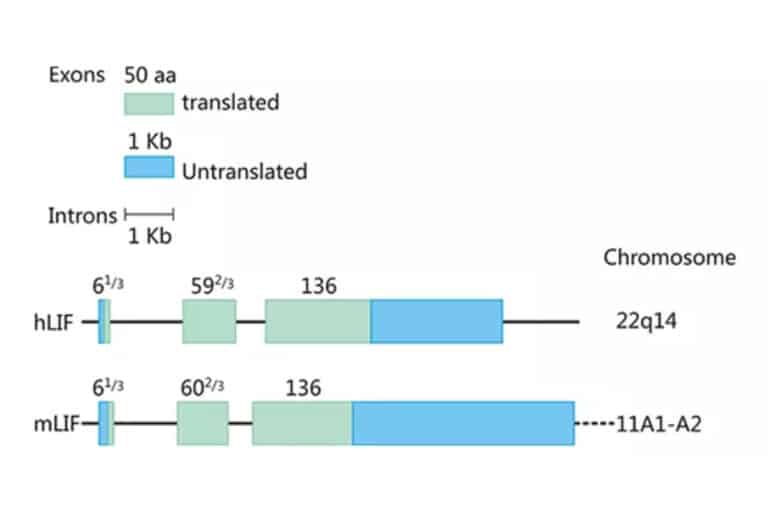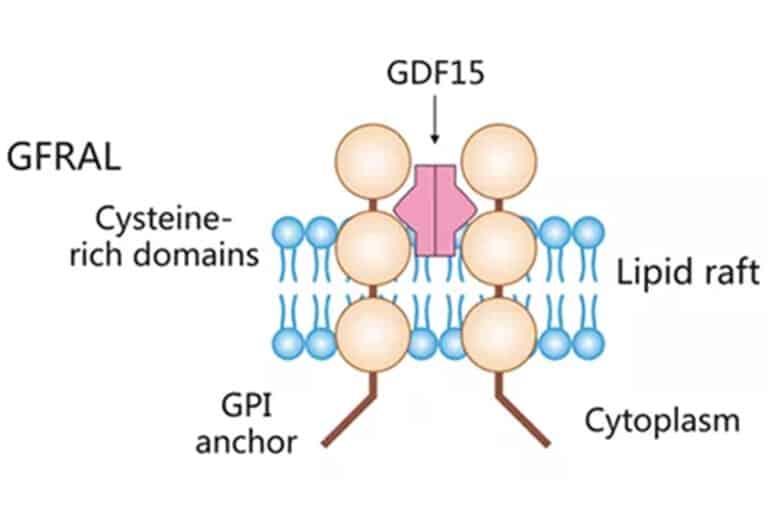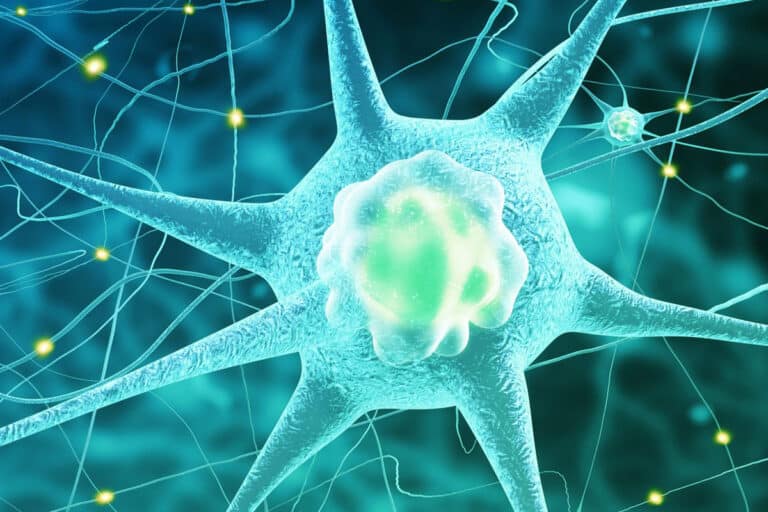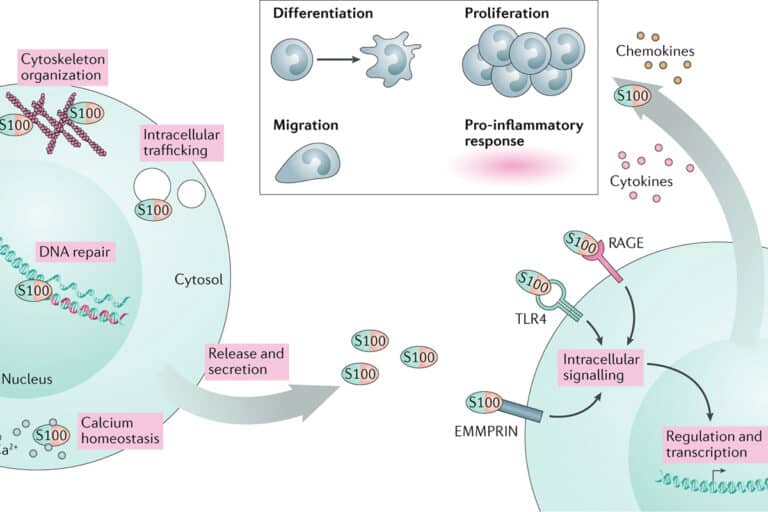IGFL1
IGFL1
introduction
GFL1 is an insulin-like growth factor-1 (Insulin growth factor-like family member 1IGFL1), which belongs to the IGF-like (IGFL) family. In 2006, research by Peter Emtage et al. discovered a new family of human secreted proteins and named it the IGF-like (IGFL) family. The IGF-like (IGFL) gene encodes a protein of about 100 amino acids consisting of small secreted proteins containing 11 conserved cysteine residues, including two CC motifs. In humans, the IGF-like (IGFL) family contains four genes (IGFL1, IGFL2, IGFL3, IGFL4) and two pseudogenes (IGFL1P1 and IGFL1P2). The human IGF-like (IGFL) gene is located in the 220 kb interval of chromosome 19, and family members are clustered in a 35 kb interval. IGFL is usually not expressed or expressed very little in body tissues. Data show that IGFL1 is not expressed in a wide range of tissues such as adrenal gland, bone marrow, brain, prostate, skin, small intestine, thyroid and uterus; it is expressed in fetal skin, normal breast, ovary, and spinal cord. In addition, relevant database analysis has shown that IGFL1 is expressed in cancer cells, such as squamous cell carcinoma, uterine tumors, and head and neck tumors, suggesting that IGFL1 is expected to be a new potential target for cancer.
IGFL1 and IGFLR1
IGFLR1 is the receptor of IGFL1. In 2011, Adrian A. Lobito and other authors found that human IGFL1 has specificity and high affinity with a new receptor IGFLR1 (formerly called TMEM149), which is similar in structure to the tumor necrosis factor receptor family (TNFRs). Thus, IGFLR1 was identified for the first time as a receptor for IGFL1. Meanwhile, IGFLR1 is also considered to be a novel receptor in the TNFR family. The IGFLR1 gene is located on chromosome 19 and is widely expressed in lymph nodes, spleen and kidney. Adrian’s research also pointed out that IGFLR1 is most expressed on mouse T cells, and its high expression promotes the infiltration and activation of inflammation, suggesting that skin-produced IGFL1-binding receptor IGFLR1 may play a regulatory role in T cell responses.
IGFL1 and Tumor Disease Regulation
A growing number of reports in the literature suggest that IGFL1 may be involved in the regulatory processes of multiple tumors. At present, IGFL1 and tumor-related research mainly include Basal-like breast cancer (triple negative breast cancer), ovarian cancer, liver cancer, melanoma, and esophageal squamous cell carcinoma.
In Basal-like breast cancer, studies have found that IGFL2-AS1 can promote tumor cell proliferation and growth by regulating IGFL1 (Figure 1). In addition, in vivo and in vitro experiments confirmed that IGFL1 and IGFL2-AS1 are oncogenes. Analysis of clinical samples showed that high IGFL1 expression was negatively correlated with the prognosis of triple-negative breast cancer patients. Through TCGA database analysis, in ovarian cancer, differentially high expression of IGFL1 is closely related to poor prognosis, or can be used as a potential predictor of ovarian cancer. In liver cancer, TCGA data also identified multiple tumor-associated fibroblasts (Cancer-associated fibroblasts, CAF) markers such as IGFL1. In melanoma, analysis of differentially expressed genes (DEGs) indicated that changes in IGFL1 expression could affect tolerance. In esophageal squamous cell carcinoma, IGFL1 was identified as a regulatory target gene of differentially expressed lncRNAs.
IGFL1 Clinical Application
At present, the clinical efficacy of IGFL1 targets and the exploration of therapeutic pathways remain to be studied. However, with the in-depth understanding of the mechanism of action of IGFL1 targets, the role of IGFL1 in various biological regulatory networks is expected to open up new fields for the diagnosis and treatment of various diseases. A growing number of biological analyses have shown that IGFL1 plays an important role in growth, inflammatory diseases, and tumorigenesis, all of which suggest IGFL1 as a potential inflammatory skin disease (allergic skin disease and silver skin disease). Psoriasis and one of the drugs for the treatment of oncological diseases (breast and ovarian cancer).
